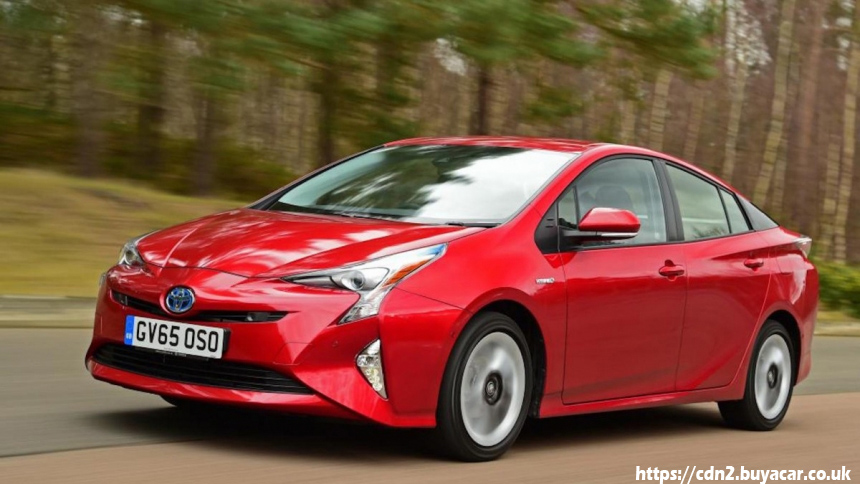Hybrid cars are becoming more and more popular as people start to look at alternatives to traditional gasoline. Hybrid cars can be made using several different technologies, including electric, solar, and alternative fuel supplies. In recent years some manufacturers had to start wait-listing their hybrid models because of the demand. While hybrid cars can be great, the maintenance required is very different. Here are a couple things to consider.

Batteries
When hybrid solar and electric cars first hit the market, many people were shocked to find a simple battery pack could cost as much as $2000. Considering a non-hybrid car battery can run around $100, this was a huge sticker shock for many. However, this isn’t the case today. Hybrid cars have warranties just like every other model on the market. Toyota offers a 100,000 mile or 8 year warranty on their new Prius models. This should make you breathe easier. Other manufacturers that use battery packs have followed suit, offering warranties that range anywhere from 80,000 to 150,000 miles. When you consider this, the cost of replacing the battery packs isn’t so outrageous. As an added plus, since the technology was first introduced to the market the prices have come down drastically. What would have cost more than $2000 just 5 years ago can now be found for as low as $500 with some research.
Scheduled Maintenance
Scheduled maintenance is an area that many people who are considering hybrids get scared of. In most cases it’s not much different. You do need to find a mechanic who is skilled with working on hybrids, but that aside most of the maintenance is similar. The schedule may be a little different though. The maintenance schedule is also not the same as it generally is with other types of cars. For example, many hybrids use an air filter along with the battery system that needs to be replaced every 40,000 miles. This is in addition to regular maintenance. Oil changes should be done every 5,000 miles, which is no different than the recommendations for other types of cars. Some hybrid models can actually save you money on maintenance as well. Some models use a brake system that regenerates itself, meaning you could potentially get 80,000 miles out of your factory brake pads.
Expected Fuel Economy
We all know that we shouldn’t take the showroom sticker at face value. While a car manufacturer may rate their vehicles with a high MPG rating, actual driving may decrease this. With this said, the hybrid models do typically get better fuel economy. A hybrid car will run on the alternative power under certain conditions, and switch over to fuel when it’s necessary. Those who tend to drive a little on the fast side, or those who need to make long highway commutes won’t see the same savings as someone who only needs to drive through the city a few miles to get to work. Most hybrids will list their rated MPG between 45-50, and actual conditions can affect this by as much as 20%. If you drive long distances at fast speeds you can expect to get around 38 MPG in most models. However, when you compare that to the fuel economy you would get with a non-hybrid you will see that you are still coming out ahead of the curve.




